Whether you're newly stepping into your role with a hard-earned medical doctorate or you're an experienced professional exploring new career opportunities, presenting a compelling medical doctor CV is essential.
Regardless of where you stand in your medical journey, a well-structured CV can effectively highlight your medical knowledge and practical experience.
In this guide, we show you how to write a professional medical doctor CV – section by section.
Here's what this guide covers:
- Which resume format is best for a medical doctor: CV vs. resume?
- Which key section should a doctor CV include?
- Which extra / optional resume sections should you include in a doctor CV?
- How should a medical doctor describe work experience on a resume?
- How much educational history should a medical doctor put on a resume?
- Where to find useful job search resources for medical doctors
And much more. We also include an example of each section and some medical doctor CV samples along the way.
1. Resume vs. CV: Which resume format to use as a doctor?
One of the first decisions you have to make is whether to use a resume or a curriculum vitae (CV).
Even though people often use these two terms interchangeably, there are key differences you should know about:
- The resume is used when applying for positions in many different industries. It focuses on skills and past experience and should be tailored to a specific job position. The length of the document shouldn't be more than 1 or 2 pages.
- The curriculum vitae (CV) is used when applying for positions in academia, science, or medicine. It focuses on education, research background, publications, and field-relevant accomplishments. Its length depends on the number of references, publications, etc., so it's not uncommon for a CV to be longer than 2 pages.
Clinical medicine falls within both the scientific and academic realms, making it the perfect choice for the CV.
Your medical CV should typically include the following sections:
- Contact information. At the top of your CV, include your name, address, phone number, and email address.
- Professional summary. Unlike a regular resume summary, here you should concisely outline your experience, the specific medical fields you've specialized in, and a quantifiable achievement that best reflects your work.
- Education. A detailed list of your educational background in chronological order, including degrees earned, institutions attended, dates of graduation, and field of study.
- Clinical experience. Basically, your work experience section. Include a detailed summary of your residencies, internships, and other practical experiences.
- Certifications and licenses. A list of all relevant medical certifications and licenses.
- Awards. Notable awards, honors, or other recognitions.
- Professional memberships (optional). List of professional organizations or societies you're part of.
- References (optional). Preceptors, professors, or other professionals who can vouch for your competence.
- Publications (optional). List your research publications, including articles, books, or abstracts.
2. How to write a professional summary as a medical doctor
In crafting a compelling medical CV, the professional summary plays an incredibly important role. It's a brief concise section that sets the tone for the rest of the document. While it's similar in purpose to a resume summary, there are key differences when it comes to a CV.
Resume summaries typically give a quick summary of your professional experience and skills, tuned to the specific job position.
A CV professional summary should speak to your overall academic and professional life, and remain static across all job applications.
In the professional summary of your CV, aim to cover:
- Qualifications. Start by stating your highest level of qualifications. For medical professionals, this could be the degree you’ve earned.
- Specialization. Mention the medical fields you've specialized in which are relevant to the position or roles you're targeting.
- Experience. Briefly outline your overall experience in the medical field. Mention the types of healthcare facilities, such as clinics, hospitals, or private practices, you've previously worked in.
- Skills. Include an overview of your key skills both in medicine and soft skills that can add value to the role.
- Achievement. End the summary with a standout achievement, preferably one that’s quantifiable to show tangible evidence of your skills and expertise.
Example of a professional summary for a medical doctor's CV
Board-certified Surgeon with a Doctor of Medicine degree and specialization in pediatric surgery. With over 10 years of clinical experience across large healthcare systems and private practices, I've honed my skills in various surgical procedures, patient care, and team leadership. Recognized for the successful implementation of new surgical procedures that decreased recovery time by 20%.
If writing is not your strong suit, you can try our AI resume writer tool, which utilizes GPT-4 to help you write sections for your resume.
3. How to list education on your medical doctor CV
Having a certain level of education is a requirement for becoming a medical professional — which is why showcasing your entire educational history is necessary on your medical doctor CV.
Even though you want to include as much information regarding your educational credentials, you should still keep things brief when possible.
For instance, there’s no need to include lengthy descriptions of your courses or all of your grades. In essence, include everything, but in a concise way.
Here's an example of how to properly list your education
Doctor of Medicine (MD), XYZ Medical School, City, State
- Graduated with Honors
- Completed rigorous coursework in anatomy, physiology, pharmacology, pathology, and clinical medicine
- Participated in clinical rotations in various specialties, including internal medicine, surgery, pediatrics, and obstetrics and gynecology
Bachelor of Science in Biology, ABC University, City, State
- Dean's List recipient
- Relevant coursework in human biology, genetics, microbiology, and biochemistry
- Conducted independent research on the effects of a specific drug on cellular activity, resulting in a published research paper
4. How to write a work experience section for your medical doctor resume
The work experience section (or clinical experience) for a medical doctor is one of the most important sections.
Oftentimes, this section will bleed into the education section, given that medical students put in a vast amount of clinical hours to complete their degree programs.
Of course, if you have more formal work experience in a salaried or contract position, this will only give your resume or CV more power.
When describing previous work experiences, be detailed and place emphasis on your accomplishments in that position. These descriptions should be longer than those you might find on a standard, entry-level resume where employers simply look for basic competency.
As a medical doctor, your competency is the bare minimum — what makes you stand out is your commitment to the field of medicine and what you were able to achieve for both the medical organization and your patients.
Example work experience section for a medical doctor CV
Physician | Riverview Medical Facility
August 2018 to May 2021 | Austin, TX
- Developed customized treatment plans for patients with diabetes and chronic illnesses with specific resources for alternative treatments and educational resources. Maintained ongoing treatment plans for more than 50 patients.
- Increased patient retention by 35% through the implementation of a new digital platform that allows patients to speak directly with physicians and assistants through a virtual network.
- Wrote and compiled notes on patient records, admissions, progress, and discharge summaries. Organized these notes into an easy-to-navigate database accessible remotely by all authorized staff members.
5. How to list certifications and licenses on your doctor CV
There are several reasons why a separate certifications and licenses section is a must-have for a medical practitioner.
Why?
A certifications and licenses section:
- Serves as evidence of your qualifications and ability to practice medicine
- Offers a clear snapshot of your skills and capabilities to potential employers
- Assures employers that your qualifications meet the necessary legal and professional healthcare standards
- Elevates your credibility, increasing your chances of securing your desired job
Here's what you should include in the certification and licenses section:
- Type of certification/license. Is it a medical license, board certification, or other professional certifying document? You may also include certifications for any special techniques or procedures.
- Organization name. Specify the board or organization that granted your certification or license.
- Date of certification or licensing. Make sure to include the exact date when you were awarded the certification.
- Date of expiry (if applicable). You need to show that you maintain your credentials up-to-date.
- Certification or license number. Some employers may verify your credentials. Therefore, include your certification or license number whenever possible.
Example of how to list certifications and licenses
Certifications and licenses
Board Certification in Internal Medicine
- Issuing Organization: American Board of Internal Medicine
- Date of Certification: June 15, 2015
- Next Recertification: 2025
- Certification Number: ABIM-987654
Medical License (State of California)
- Issuing Organization: Medical Board of California
- Date of Licensing: January 20, 2014
- Expiry Date: December 31, 2023
- License Number: A123456
Certification in Advanced Cardiac Life Support (ACLS)
- Issuing Organization: American Heart Association
- Date of Certification: March 10, 2019
- Expiry Date: March 9, 2022
- Certification Number: AHA-12345
6. Highlight your medicine achievements in a separate awards section
Including an awards section in your medical doctor CV does not only provide a snapshot of your distinctions in the field, but also underscores your commitment to healthcare.
Highlighting these achievements can give you a competitive edge, enhance your professional credibility, and showcase recognition from the industry.
When documenting your medicine awards, include:
- Name of the award or honor
- Name of institution or organization
- The year you received it
- Briefly describe the reason you were recognized (especially if it isn’t apparent from the award's name)
Example of an awards section for a doctor CV
Awards
Best Resident of the Year, 2018
- Awarded by: Johns Hopkins Hospital
- Reason: Acknowledgement for exemplary patient care and dedication during residency training in Internal Medicine.
Scholastic Achievement Award, 2014
- Awarded by: University of Michigan Medical School
- Reason: For academic excellence throughout the medical program.
Remember, even if some awards might seem minor, they may still portray important qualities like dedication, accuracy, teamwork, or leadership.
7. Add a professional memberships section (optional)
The professional memberships section on your CV lists your affiliations with certain medical organizations or institutions.
By including your professional memberships you demonstrate that you're more than just a practitioner – you're a proactive member of the medical community. It shows that you're committed to advancing in your field and contributing to wider healthcare improvements.
While this section isn't required, it enhances your professional profile and could be a deciding factor for potential employers.
Example of a professional memberships section on a doctor CV
American Medical Association (AMA), since 2015:
- Participation in annual conferences and special interest groups to stay updated with the latest advancements in healthcare.
American Society of Internal Medicine (ASIM), since 2016:
- Served as a committee member for annual symposium planning to facilitate knowledge transfer among practitioners.
8. How to add references to your medical doctor CV (optional)
Though adding a references section isn't a necessity, it can be a big plus. Especially for doctors.
References can provide a more in-depth understanding of what you bring to the table, complementing the information on your CV and enhancing your credibility.
When choosing references, it's essential to consider professional individuals who are familiar with your work, such as previous employers, supervisors, or prominent faculty members.
How to ask someone to be a reference:
- Contact the person. Either by calling them or by sending them an email. We suggest opting for the email, as it's a more comfortable way to share all the necessary information. Plus, it gives the person time and space to think about your request.
- Write the email. Start by a polite greeting and remind them of who you are (if necessary). Explain where you're heading career-wise and phrase your request. Finally, include key details about the new job, attach your resume, and include your current contact information.
- Show appreciation. After (or if) they've agreed, express your gratitude. It shows respect and maintains a positive relationship.
- Keep them informed. If an employer will be contacting them, let them know in advance. It's also good to keep them updated about your job search progress.
You can also check out example emails of how to ask someone to be a reference which you can copy or download for free.
Example references section for a CV or resume
References
Dr. Martin Jacobs
- Title: Chief of Internal Medicine Department, St. Mary's Hospital
- Relationship: Direct supervisor at St. Mary's Hospital
- Contact Information: (contact info)
Professor Laura Mitchell
- Title: Chair of Cardiovascular Medicine, Medical College of Georgia
- Relationship: Mentor during final year of medical school
- Contact Information: (contact info)
Disclaimer: Always remember to seek their permission before listing them as references.
9. Include a list of your publications in your doctor CV (optional)
In the scientific or academic fields, getting your findings published is quite an accomplishment. If you have several publications, it's worth dedicating a separate section for these in your CV.
What's crucial here is to format the information about the publication correctly. This means properly utilizing common citation styles such as Harvard, APA, or MLA.
Select one based on your preference, or in accordance with the norms in the given field (for instance, the APA style is frequently used in Psychology).
Example of a publications section in a CV
Publications
Smith, J., Doe, J. (2018). 'Study on Heart Failure Improvement Strategies'. *American Journal of Medicine, 20*(3), pp. 500-509.
Doe, J., Thompson, A. (2020). 'Understanding Pulmonary Diseases: A Comprehensive Guide'. In: Smith, J., *Current Pulmonology*, 2nd Ed. New York, NY: Medical Publishers
10. Job search resources for medical doctors
For medical doctors, the job hunt can be as nuanced as the field itself. Thankfully, there are plenty of resources tailored specifically to ease this process. Here's your cheat sheet:
- Medical job boards: Numerous platforms such as PracticeMatch and JAMA Career Center focus exclusively on medical careers, making them an excellent starting point for doctor job seekers.
- General job platforms: Websites like LinkedIn, Indeed, and Glassdoor also host a multitude of medical job postings. Customize your search filters to find fitting opportunities.
- Networking and professional platforms: LinkedIn isn't just for job postings; it's also ideal for making connections within the medical community and can lead to unexpected opportunities.
- Medical associations: Joining medical associations like the American Medical Association (AMA) or your specialty-specific association can provide resources, networking platforms, and job boards.
- Recruitment agencies: Medical recruitment agencies like MedZilla or Global Medical Careers specialize in healthcare recruitment and can connect you to opportunities that match your specialty and preferences.
- Residency and fellowship programs: Websites like FREIDA allow you to search for residency and fellowship programs which can be crucial steps in your medical career path.
Remember, securing the ideal medical position isn't only about rigorous search but also about maintaining a strong professional network, honing your skills, and staying updated with industry trends.
Medical Doctor Resume FAQ
What is the ideal length for a medical doctor resume?
For experienced medical professionals, a two-page resume is acceptable. However, if you're a new doctor or transitioning from a medical school, aim to keep your resume to a single page.
Should I include all my medical experience in my resume?
Broadly, yes. But you should prioritize your experiences based on relevance to the role you're applying for. Especially highlight the experiences that demonstrate skills and expertise required in the prospective role.
How can I showcase my medical certifications and trainings in my resume?
Certifications and trainings show your continued growth and expertise in your field. These should have their own dedicated section in your resume and must include details of the certifying authority, certification name, and date of completion.
Should I mention my soft skills in a medical doctor resume?
Absolutely. Soft skills, such as communication, empathy, and teamwork, are crucial in the medical field. Highlight instances in your past experiences where you have demonstrated these skills effectively.
Can I include my publications or research in my medical doctor resume?
Absolutely. If you've been involved in research or have publications to your name, it's important to showcase them in your resume. These demonstrate your commitment to medical advancements and are highly regarded by employers.

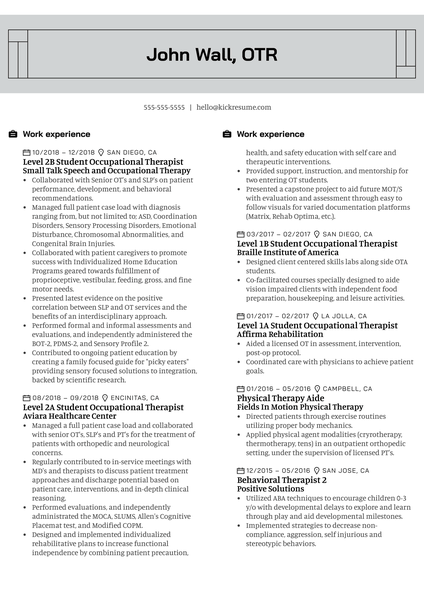
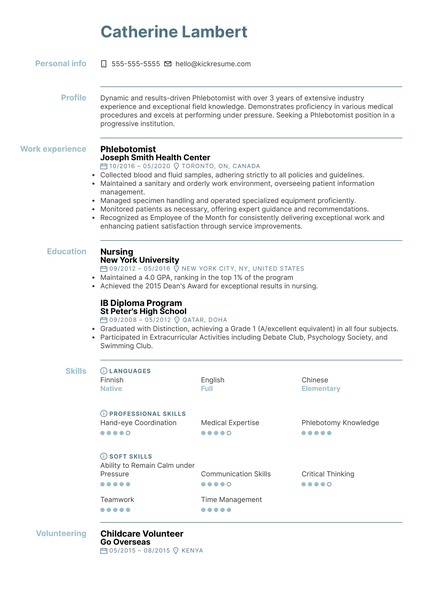


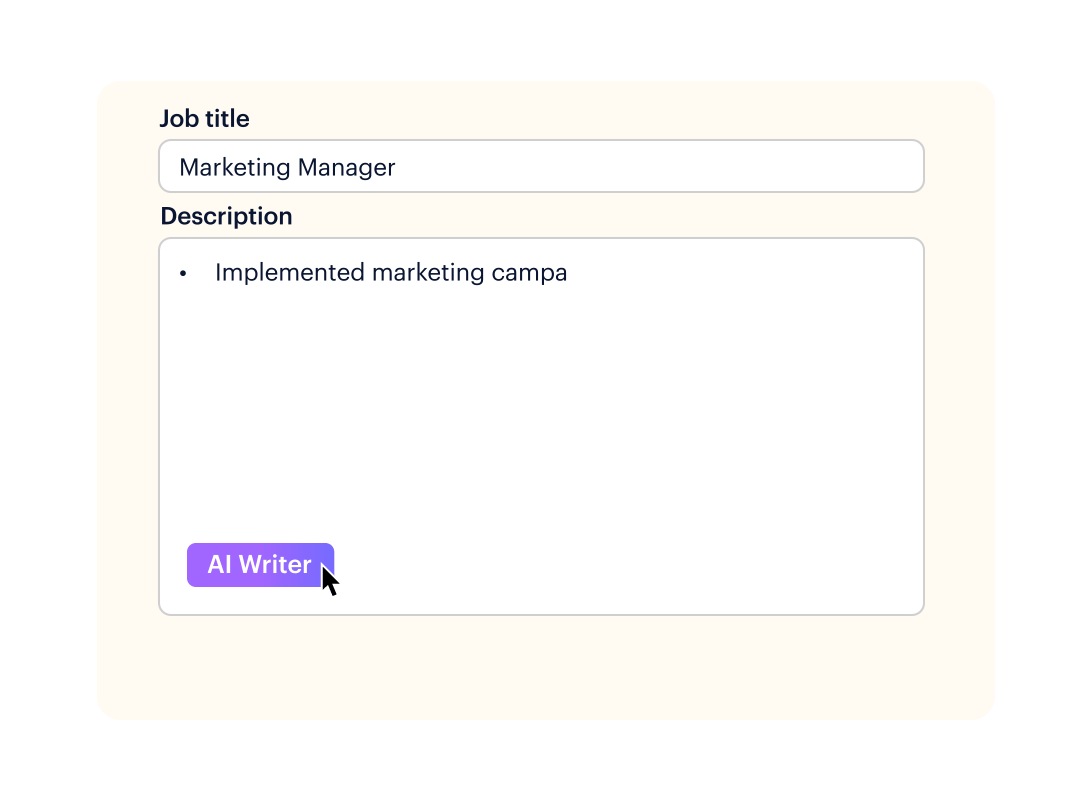
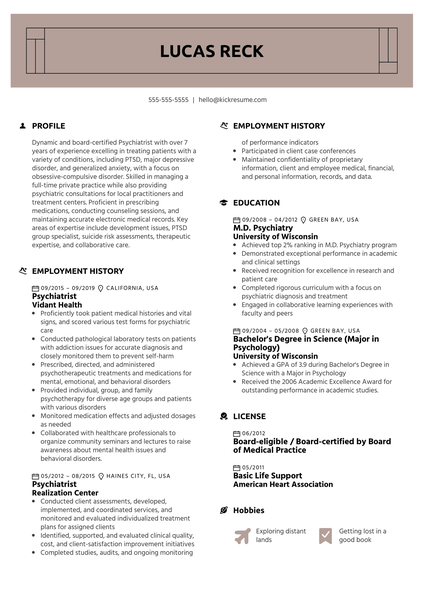
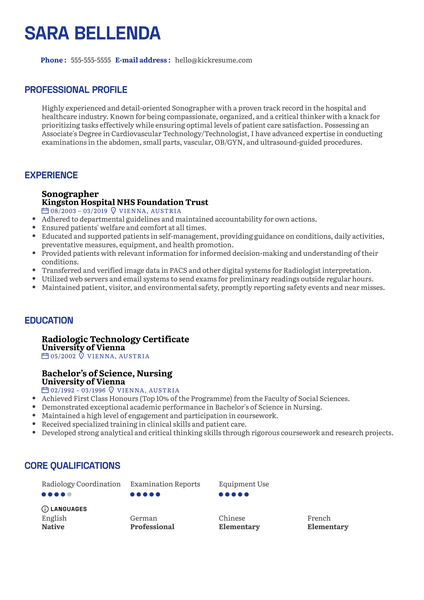
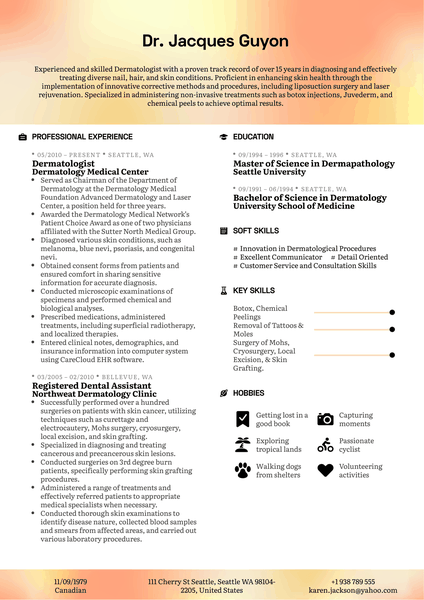

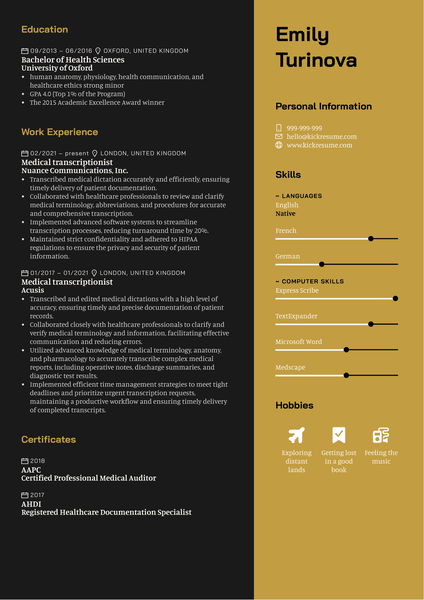
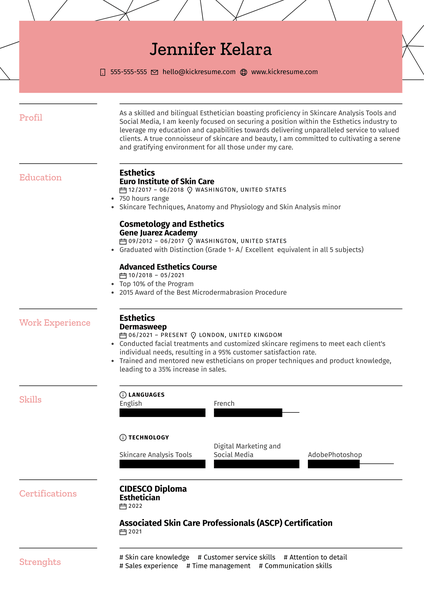
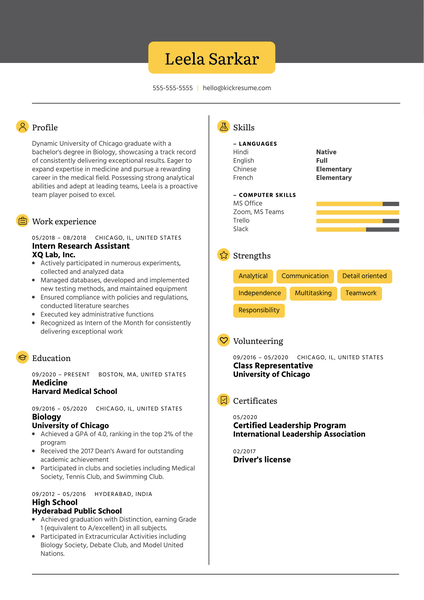
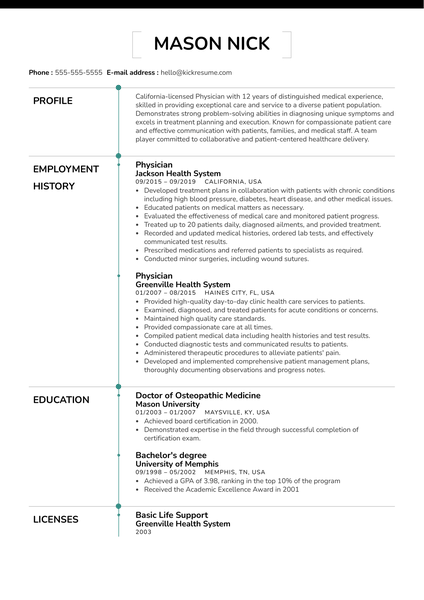
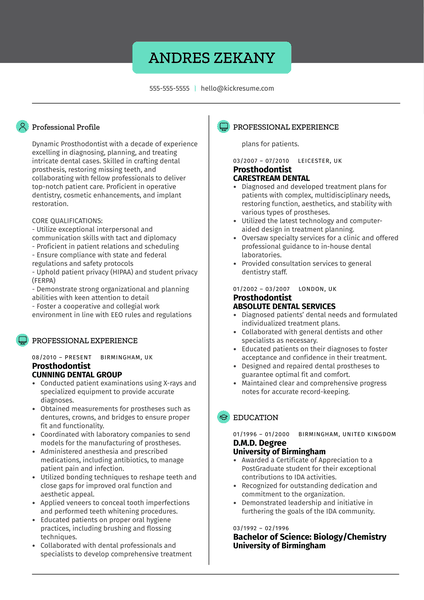
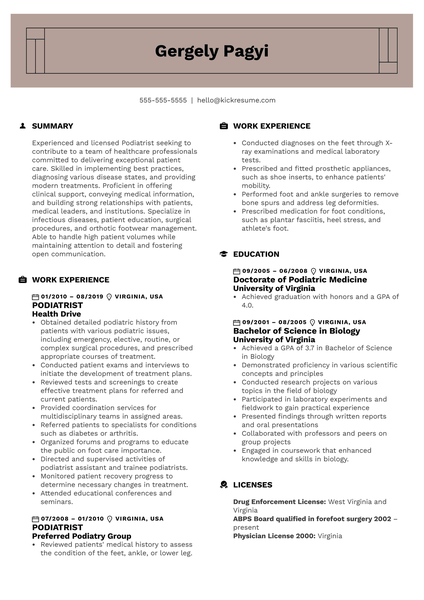
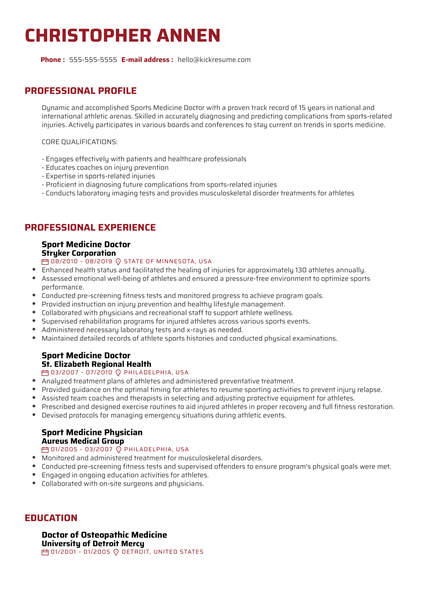
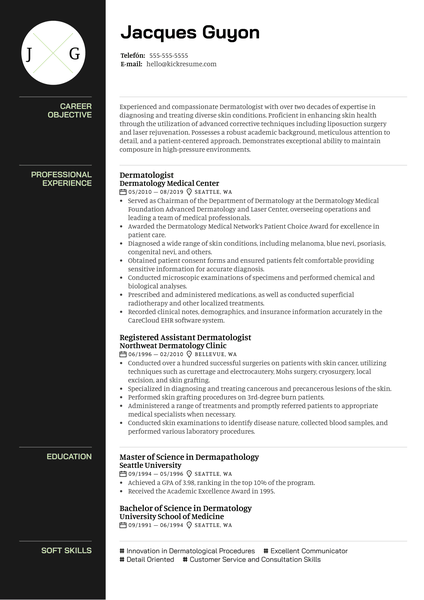
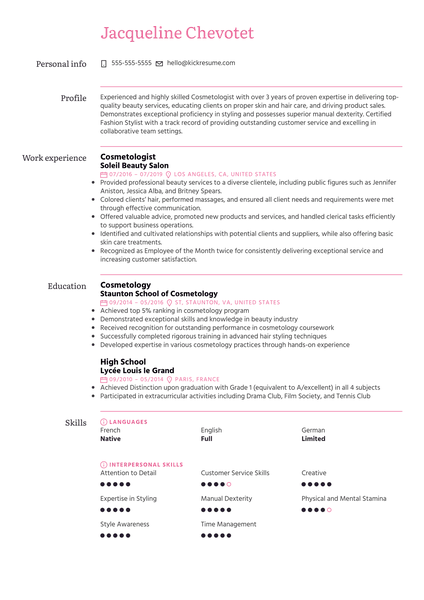

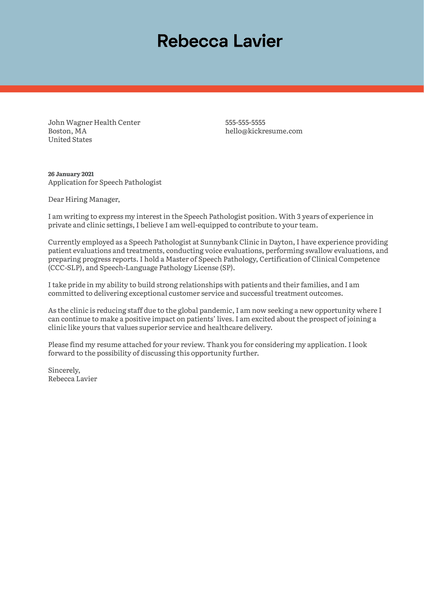
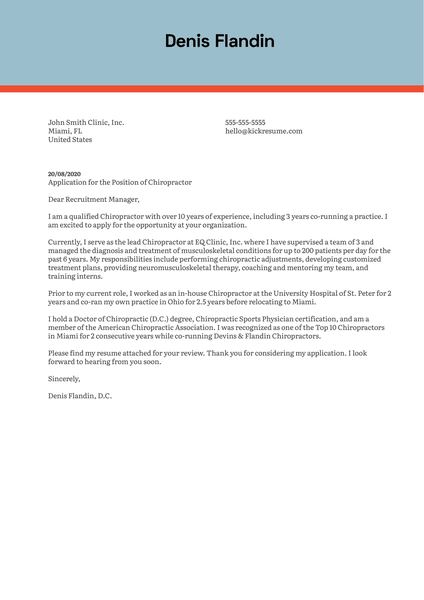

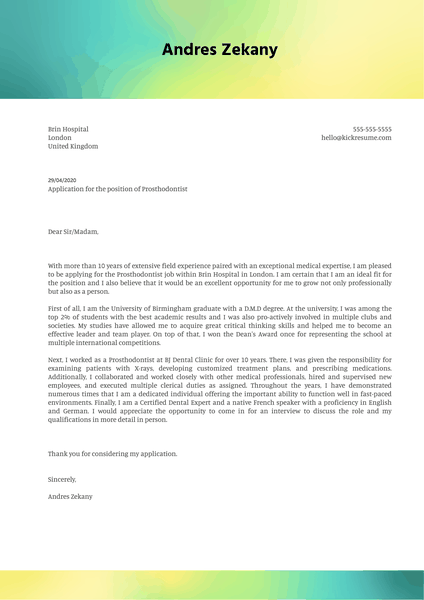
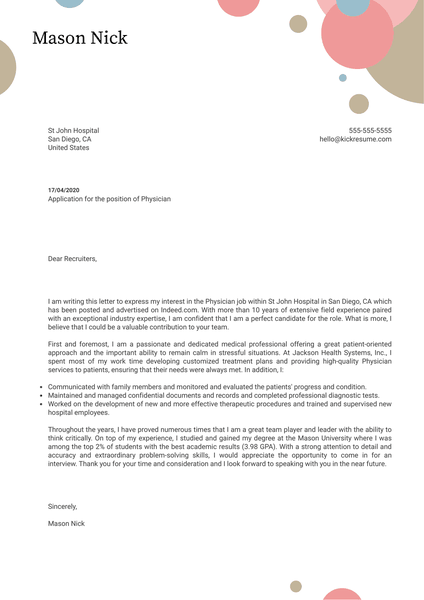
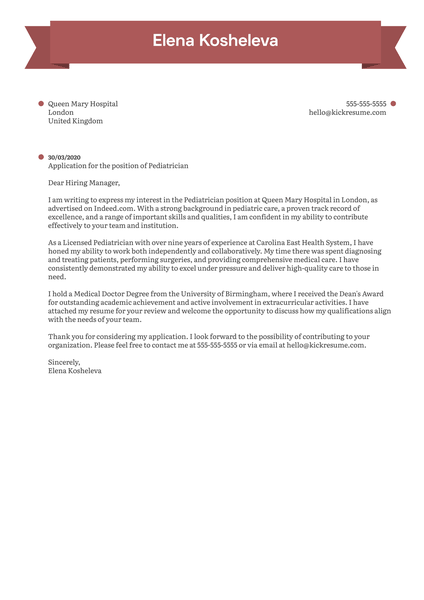


![How to Write a Professional Resume Summary? [+Examples]](https://d2xe0iugdha6pz.cloudfront.net/article-small-images/i-Profile.svg)
![How to Put Your Education on a Resume? [+Examples]](https://d2xe0iugdha6pz.cloudfront.net/article-small-images/i-Collage-Universities.svg)
![How to Describe Your Work Experience on a Resume? [+Examples]](https://d2xe0iugdha6pz.cloudfront.net/article-small-images/Experience.svg)


